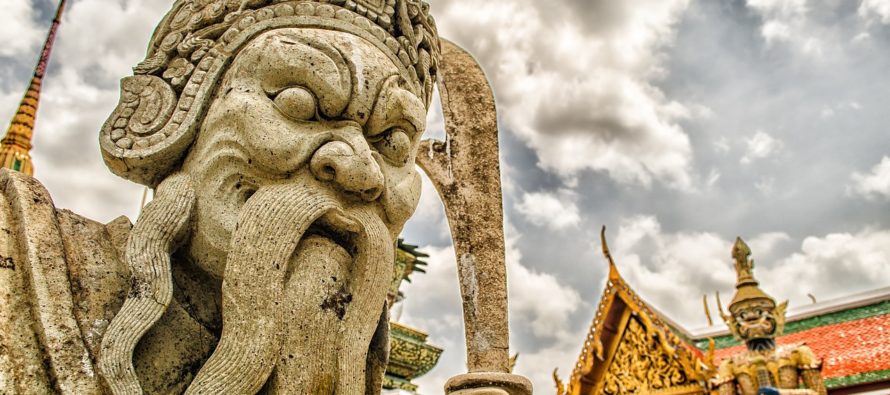Has China’s economy stabilized or is a crash still imminent? Postponed: China Crash

Confucius once said that “everything has beauty, but not everyone sees it.” China may be today’s Confucian case in point.The bulls (if we may speak for the handful of them still holding their day jobs) are seemingly near extinction. The gloomy case is widely known: overleverage, overbuilding and overcapacity plague the economy. Return on investment for the state sector is in chronic decline and residential home prices remain elevated. On top of that, a large, opaque “shadow banking system” poses a systemic risk to the entire credit system.
We get it. China comes with risks. The problem is that a crash this widely advertised rarely shows up. Let’s separate fact from fiction.
First, it cannot be ignored that China has an eye-watering amount of debt, recently reaching the vertiginous height of 220% of GDP. But the fundamental reason behind this credit surge is rooted in its high savings and banking-centric intermediation system. Chinese households have long been the primary providers of savings in the economy and their assets are far larger than liabilities. Thus, viewed from a balance sheet perspective, the debt situation is far less dire than commonly perceived. Further, the bears ignore that most debt has financed infrastructure buildup rather than funding consumption (imagine that in any Western country!).
It is also critical to note that much of China’s slowdown has been coordinated by policy. Many starry-eyed China watchers predicted real GDP growth of 10% plus indefinitely. But there are limits to linear thinking. While trends can stay in place for some time, lines often bend, or even break and gallop off in unexpected directions.
China’s new path is driven by broad recognition that the growth model of the last 30 years is neither balanced nor sustainable. The new model must rebalance away from export and investment-led production toward private consumption. “Made in China” and Western consumerism can no longer be intimately linked. This is a necessary shift if China is to avoid the so-called middle income trap, which ensnares most emerging economies that are dependent on cheap labor for growth. A critical next step is to establish a robust social safety net and thereby reduce fear-driven high household savings rates. This will lead to a virtuous cycle of consumption, job growth and, ultimately, higher real wages and corporate profits.
Investment Implications: The China crash camp has punished Chinese stocks. H-share Chinese banks sport a price/book ratio of 0.7 (versus a historical average of 2). In other words, they are dirt cheap, have priced in a severe credit crunch and should be owned in globally balanced portfolios. Also, remain long renminbi-denominated bonds as a way to access a non-correlated asset, falling bond yields, longer-term renminbi stability and a general re-rating of Chinese bonds from “emerging” to “reserve” asset.
Tyler Mordy, President and CIO at Forstrong Global Asset Management Inc. in Toronto
Related Articles
US 2020 Election Investment Pulse: Resilience and Vulnerability in Emerging Markets
The US elections have implications for emerging markets in the area of global trade relations in particular, but for investors,
When high returns conflict with human rights issues
Many emerging markets offer great rewards, but investors may want to consider how some countries treat their own people Investing
Poised for gains with growth in emerging markets
Robust consumer demand and sustained global demand for natural resources will underpin growth in emerging markets this year. In particular,


